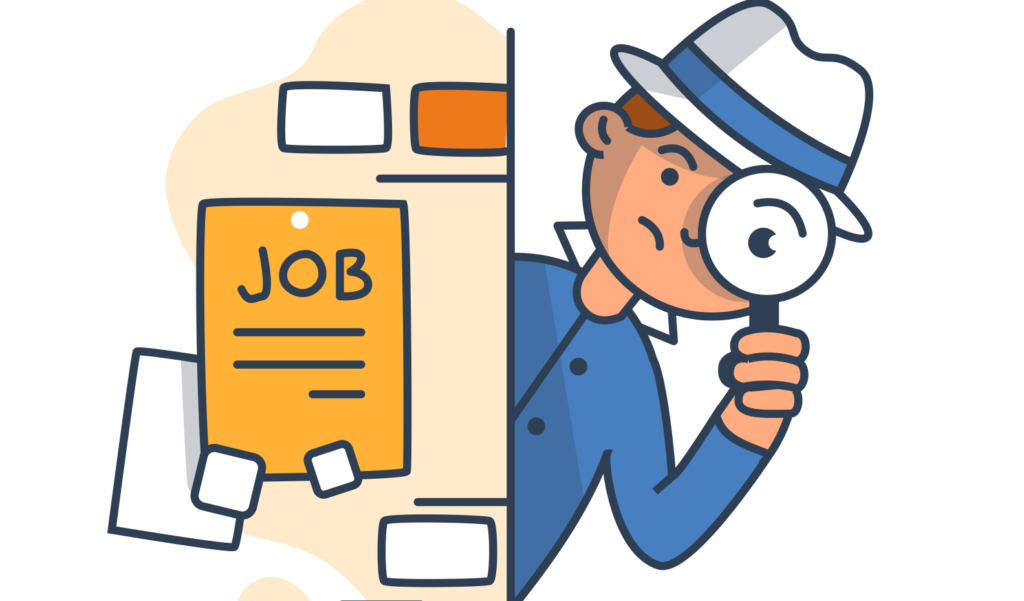What is job analysis?
Job analysis is the process of studying and collecting information about a specific job, such as its duties,
tasks, skills, requirements, environment, and relationships. It helps to understand the nature and
content of a job, as well as the characteristics of the person who should perform it. Job analysis can be
used for various purposes, such as writing job descriptions, designing training programs, evaluating
performance, planning workforce needs, and ensuring safety.
What are the objectives of job analysis?
Some of the objectives of job analysis are:
To provide information for writing job descriptions and job specifications.
To clarify the methods and operations involved in a job.
To determine the minimum acceptable qualities of personnel required.
To support other HRM functions like recruitment, selection, training, development, performance
appraisal, compensation, etc.
To identify job factors and duties that may contribute to workplace health and safety issues.
To facilitate job design, job evaluation, and job classification.
What is job description?
A job description is a written document that summarizes the main features of a specific job, such as its
title, duties, responsibilities, qualifications, and working conditions. It is a detailed advertisement for an
open position that helps to attract qualified candidates and inform them about what is expected of
them. A job description also helps to evaluate performance, design training programs, and plan
workforce needs.
A job description is a document that summarizes the main duties, responsibilities, qualifications, and
working conditions of a specific job. It helps to define the role and expectations of the job holder, as well
as to inform potential candidates about the job requirements.
What are the few objectives of job description?
Some of the objectives of a job description are:
To attract and recruit qualified applicants for the job.
To clarify the goals and expectations of the job for both the employer and the employee.
To inspire collaboration and teamwork among employees by sharing their roles and
contributions.
To support performance evaluation, feedback, and recognition.
To facilitate training, development, and career progression.
To safeguard the employee’s rights and interests by setting boundaries and standards.
What are the features of a job description?
A job description is a document that summarizes the main features of a specific job role within an
organization. It typically includes the following elements:
- Job title: a short, concise and industry-specific name for the job.
- Job summary: a brief overview of the job’s purpose, scope and contribution to the organization.
- Job duties and responsibilities: a list of the essential tasks and functions that the job holder is
expected to perform. - Job qualifications and requirements: a list of the minimum education, experience, skills,
knowledge and abilities that the job holder needs to have. - Job location and working conditions: a description of where the job is located, the physical
environment, the hours of work, and any potential hazards or risks. - Job reporting structure: a description of who the job holder reports to and who reports to them
- Job benefits and compensation: a description of the salary range, incentives, bonuses, and other
perks that the job offers.
What are the characteristics of a job description?
A good job description has the following characteristics:
- It should be kept up-to-date with necessary amendments and adjustments from time to time.
- It should be descriptive but short, using clear and simple language.
- It should be accurate and realistic, reflecting the actual nature and requirements of the job.
- It should be aligned with the organization’s goals, values and culture.
- It should be attractive and appealing, highlighting the positive aspects and opportunities of the
job.
How are job description and job analysis related?
Job analysis and job description are related in that job analysis is the process of gathering information
related to a particular job, including knowledge, skills and abilities to work effectively. It is useful for
preparing job description and job specification. Job analysis is the fundamental basis upon which job
description and job specification are formulated.

Job description is a concise statement of what a job demands. It helps to define the role and
expectations of the job holder, as well as to inform potential candidates about the job requirements. Job
description is derived from job analysis and summarizes the information collected in job analysis.
Job analysis and job description are related concepts, but not the same. Job analysis is a careful study of
every aspect of a job, including the tasks, responsibilities, skills, tools, knowledge and expertise required.
Job analysis is a process that can be done orally or written, while job description is a document that is
developed only in a written format. Job analysis is a basis for job evaluation and human resources
planning, while job description is a way to advertise the job and attract suitable candidates.
In summary, job analysis is a detailed examination and evaluation of a job to determine its requirements
and nature, while job description is a summary of the job facts and expectations derived from job
analysis.
Next Innovation Asia

